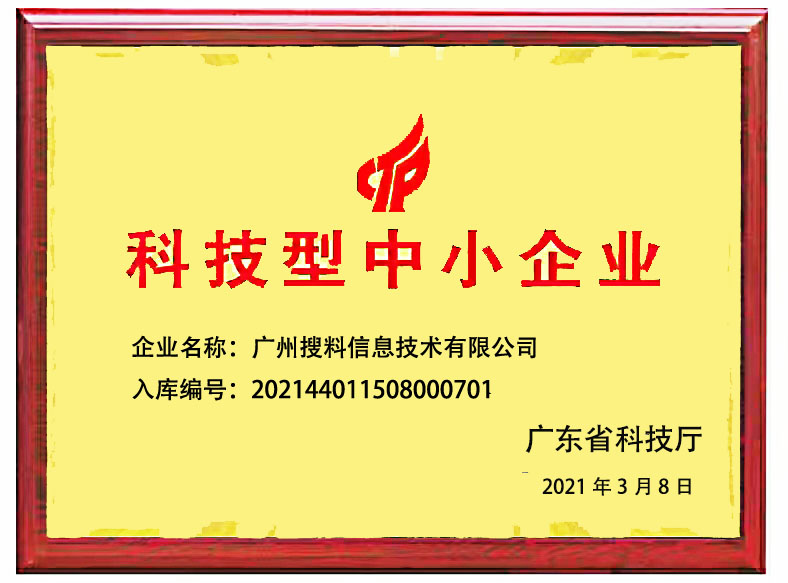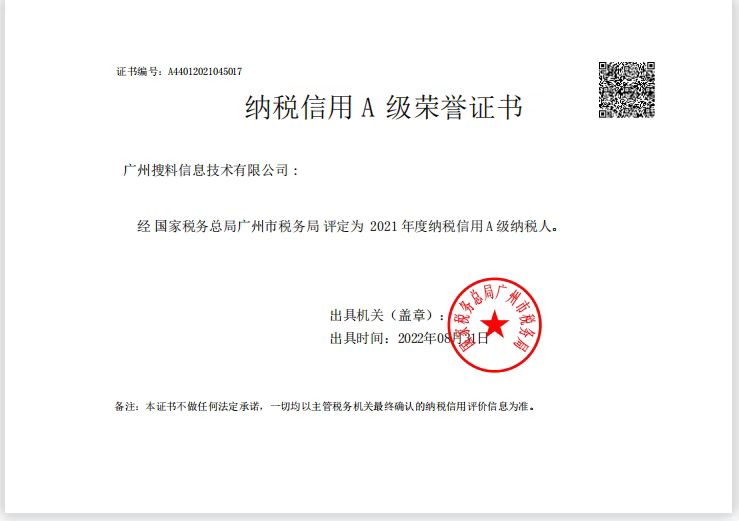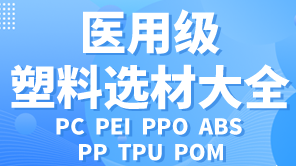
公司信息及水印






| 牌号简介 About |
|---|
| 20-2121适用于电子封装、封装和铸造应用。20-2121是一种双组分、低粘度、室温固化系统。这是一种易于使用的产品,不含TDI,MBOCA或汞。20-2121将缓冲和保护敏感的电子元件。在固化或热循环过程中,对部件施加的应力很小。20-2121聚氨酯符合食品药品监督管理局(FDA)允许在食品接触应用中使用的法规。本产品中使用的原材料符合第175.105和175.300节下联邦法规第21篇的FDA法规。20-2121中使用的基础天然油多元醇(NOP)直接从植物源中获得,无需进行化学改性。由于所选的原料,本产品毒性低,被认为是一种绿色封装化合物。使用NOPS等可再生资源将减少对不可再生化石燃料的需求,并减少二氧化碳的总产量。特点:低毒、绿色、低粘度、低硬度、防潮、低收缩和符合美国食品药品监督管理局(FDA)的Exotherm标准的优点:减少员工接触危险化学品的机会减少对不可再生化石燃料的需求在部件周围快速自调平、对部件的低应力和抗振动可在潮湿环境中使用不会损坏固化过程中的成分可用于食品接触应用。 20-2121 is formulated for electronic potting, encapsulating and casting applications. The 20-2121 is a two-component, low viscosity, room temperature curing system. This is an easy to use product that does not contain TDI, MbOCA or Mercury. 20-2121 will cushion and protect sensitive electronic components. It will impart very little stress on components during cure or thermal cycling. The 20-2121 Polyurethane meets the Food and Drug Administration (FDA) regulations permitting use in food contact applications. The raw materials used in this product comply with the FDA regulations of Title 21 Code of Federal Regulations under Sections 175.105 and 175.300. The base Natural Oil Polyol (NOP) used in 20-2121 is obtained directly from a plant source without chemical modifications. Due to the raw materials selected, this product is low in toxicity and considered a GREEN potting compound. Using renewable resources such as NOPs will reduce the demand on non-renewable fossil fuels and reduce the overall production of carbon dioxide. Features: Low Toxicity Green Low Viscosity Low Durometer Moisture Resistant Low Shrinkage & Exotherm FDA compliant Benefits: Reduce employee exposure to dangerous chemicals Reduce demand on non-renewable fossil fuels Quick self leveling around components Low stress on components & vibration resistant Can be used in wet environments Will not damage components during cure May be used in food contact applications |
| 技术参数 Technical Data | |||
|---|---|---|---|
|
物理性能 PHYSICAL |
额定值 Nominal Value |
单位 Units |
测试方法 Test Method |
|
收缩率 Shrinkage |
|||
|
MD MD |
0.014 | % | |
|
热性能 THERMAL |
额定值 Nominal Value |
单位 Units |
测试方法 Test Method |
|
线性热膨胀系数 Coeff.of linear therm expansion |
|||
|
MD MD |
2.1E-4 | 1/℃ | |
|
导热系数 Thermal Conductivity |
注册或登录后
所有资料免费
|
W/m/K | |
|
电气性能 ELECTRICAL |
额定值 Nominal Value |
单位 Units |
测试方法 Test Method |
|
表面电阻率 Surface resistivity |
注册或登录后
所有资料免费
|
ohms | |
|
热固性混合粘度 Thermosetting mixed viscosity |
额定值 Nominal Value |
单位 Units |
测试方法 Test Method |
|
25℃ 25℃ |
注册或登录后
所有资料免费
|
cP | |
|
补充信息 Supplementary information |
额定值 Nominal Value |
单位 Units |
测试方法 Test Method |
|
工作温度 working temperature |
注册或登录后
所有资料免费
|
℃ | |
|
Uncured Properties Uncured Properties |
额定值 Nominal Value |
单位 Units |
测试方法 Test Method |
|
颜色 Color |
注册或登录后
所有资料免费
|
||
|
重量混合比(PBW) Weight Mix Ratio (PBW) |
注册或登录后
所有资料免费
|
||
|
Part A Part A |
注册或登录后
所有资料免费
|
||
|
Part B Part B |
注册或登录后
所有资料免费
|
||
|
密度 Density |
注册或登录后
所有资料免费
|
||
|
25℃ 25℃ 2 |
注册或登录后
所有资料免费
|
g/cm³ | |
|
25℃ 25℃ 3 |
注册或登录后
所有资料免费
|
g/cm³ | |
|
粘度 viscosity |
注册或登录后
所有资料免费
|
||
|
25℃ 25℃ 2 |
注册或登录后
所有资料免费
|
Pa·s | |
|
25℃ 25℃ 3 |
注册或登录后
所有资料免费
|
Pa·s | |
|
固化时间 Curing time |
注册或登录后
所有资料免费
|
||
|
85℃ 85℃ |
注册或登录后
所有资料免费
|
hr | |
|
65℃ 65℃ |
注册或登录后
所有资料免费
|
hr | |
|
45℃ 45℃ |
注册或登录后
所有资料免费
|
hr | |
|
25℃ 25℃ |
注册或登录后
所有资料免费
|
hr | |
|
胶凝时间 Gelation time |
注册或登录后
所有资料免费
|
||
|
60℃ 60℃ |
注册或登录后
所有资料免费
|
min | |
|
25℃ 25℃ |
注册或登录后
所有资料免费
|
min | |
|
Cured Properties Cured Properties |
额定值 Nominal Value |
单位 Units |
测试方法 Test Method |
|
邵氏硬度 Shore hardness |
注册或登录后
所有资料免费
|
||
|
邵氏 A Shaw's A |
注册或登录后
所有资料免费
|
||
|
拉伸强度 tensile strength |
注册或登录后
所有资料免费
|
MPa | |
|
拉伸应变 Tensile strain |
注册或登录后
所有资料免费
|
||
|
断裂 fracture |
注册或登录后
所有资料免费
|
% | |
|
撕裂强度 tear strength |
注册或登录后
所有资料免费
|
kN/m | |
|
耐电强度 Electric strength |
注册或登录后
所有资料免费
|
kV/mm | |
|
相对电容率 Relative permittivity |
注册或登录后
所有资料免费
|
||
|
1 kHz 1 kHz |
注册或登录后
所有资料免费
|
||
|
体积电阻率 Volume resistivity |
注册或登录后
所有资料免费
|
ohms·cm | |
|
耗散因数 Dissipation factor |
注册或登录后
所有资料免费
|
||
|
1 kHz 1 kHz |
注册或登录后
所有资料免费
|
||
| 备注 |
|---|
| 1 一般属性:这些不能被视为规格。 |
| 2 Part A |
| 3 Part B |
|
【新闻资讯】查看全部 
导热塑料,你了解多少?
2016-08-24 传统的塑料多为绝热塑料或者导热系数非常低的材料。1998年Coolpolymer首先将具有导热性能的导热塑料实现了商业化。并将其广泛应用于照明、汽车、电子电力、医用设备等。近二十年来,导热塑料得到迅猛的发展。那么导热塑料是怎么样的?它的导热机理又是什么?就让小编带大家一起来了解一下。 图 导热塑料与应用 一、什么是导热塑料 导热塑料是利用导热填料(包括 |
|
【免责声明】 广州搜料信息技术有限公司保留所有权利。 此数据表中的信息由搜料网soliao.com从该材料的生产商处获得。搜料网soliao.com尽最大努力确保此数据的准确性。 但是搜料公司对这些数据值及建议等给用户带来的不确定因素和后果不承担任何责任,并强烈建议在最终选择材料前,就数据值与材料供应商进行验证。 |














































 支付宝
支付宝 微信支付
微信支付